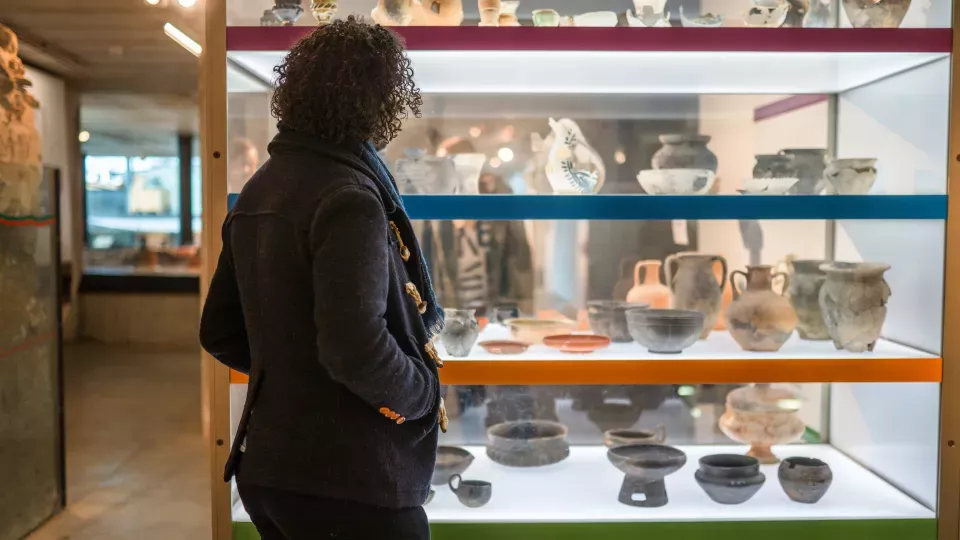Clay is a material that has been used since ancient times for protecting, building, and carrying things. If we learn more about how to change various properties of clays, such as through the addition of certain molecules or salts, we can use them for new and sustainable products in the fields of medicine, architecture, and building materials.
“Clay particles look like plates where the flat surface is negatively charged, and the edge is positively charged”, explains Marie Skepö and continues: “When different salts are added in experiments, the particles can form different structures and have unique properties that matter for various applications”.
Encasing protection for nuclear waste and toxic waste
The researchers are looking for information on how structures are formed; known examples are structures that resemble houses of cards, stacked coins, and overlapping coins. Depending on how the clays absorb and retain liquid, they become interesting as barriers for different substances and have been used as surface protection. Clay can be used, for example, as encasing protection for nuclear waste and toxic waste from the mining industry.


